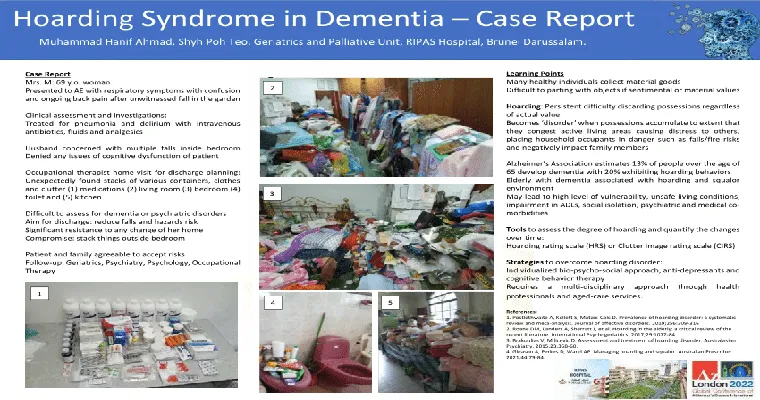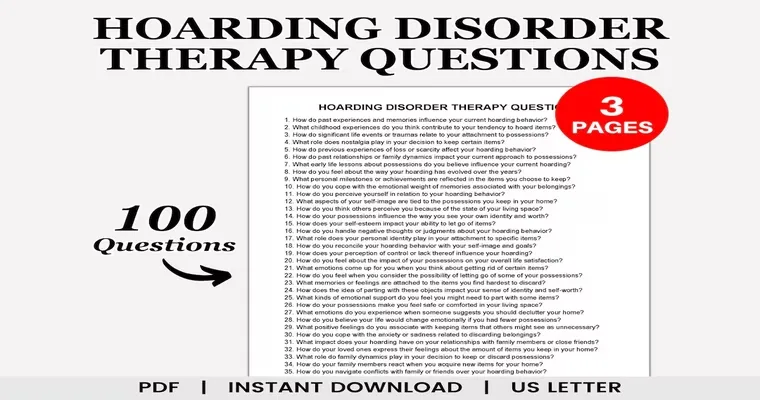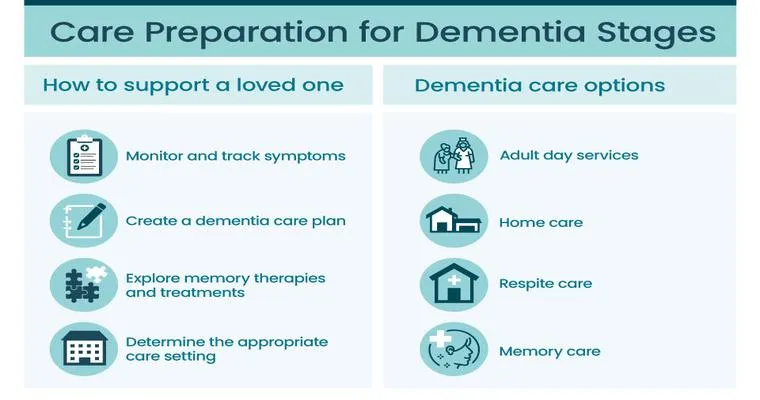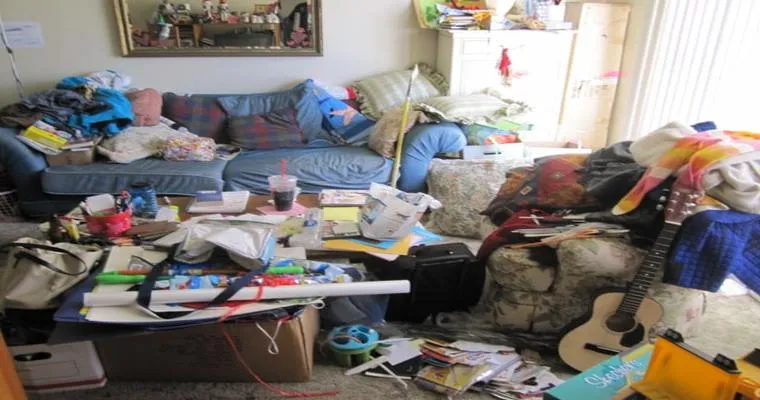Hoarding is a complex and "challenging behavior" that often arises in individuals suffering from "dementia". This "potentially dangerous behavior" not only affects the person with dementia but also poses serious risks to their caregivers and family members. Understanding the connection between hoarding and dementia is crucial for providing appropriate support and intervention.
Hoarding disorder is characterized by the excessive accumulation of items, regardless of their actual value. In individuals with dementia, this behavior can stem from a variety of factors, including memory loss, impaired judgment, and a diminished ability to make decisions. As dementia progresses, individuals may struggle to recognize the importance of decluttering, leading to overwhelming living conditions that can exacerbate their cognitive decline.
The psychological impact of hoarding can be profound. Individuals may feel a sense of attachment to their possessions, viewing them as a source of comfort or security. This emotional connection can make it incredibly difficult for them to let go of items, even when their living space becomes hazardous. Piles of newspapers, old clothing, and other belongings can create physical barriers that increase the risk of falls and injuries. Furthermore, the accumulation of items can lead to unsanitary living conditions that pose serious health risks.
For caregivers and family members, dealing with a loved one’s hoarding behavior can be emotionally taxing. It often requires a delicate balance between respecting the individual’s autonomy and ensuring their safety. Open communication is vital; caregivers should approach the topic with empathy and understanding rather than judgment. Encouraging the individual to participate in the decluttering process can foster a sense of control and reduce resistance.
Intervention strategies can vary widely, depending on the individual’s cognitive abilities and the extent of the hoarding behavior. Professional help, such as counseling or therapy, may be necessary to address the underlying emotional issues related to hoarding. Occupational therapists can also assist in developing strategies to manage clutter and create a safer living environment.
Community resources can play a significant role in supporting individuals with dementia and their families. Local support groups, mental health services, and social workers can provide valuable guidance and assistance. These resources can help families navigate the challenges of hoarding and dementia, fostering a supportive network that promotes well-being.
In conclusion, hoarding is a "dementia-related behavior" that presents unique challenges for individuals and their caregivers. Recognizing the connection between hoarding and dementia is essential for effective intervention. By approaching the issue with compassion and understanding, families can work together to create a safer and more supportive environment for their loved ones. Addressing hoarding not only improves the quality of life for individuals with dementia but also eases the burden on caregivers, allowing for healthier relationships and overall well-being.





